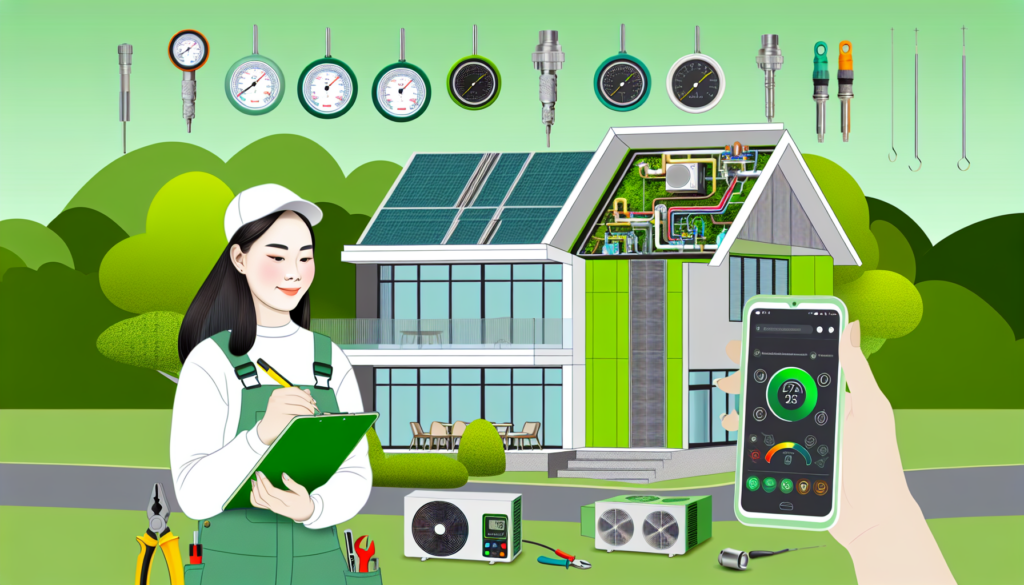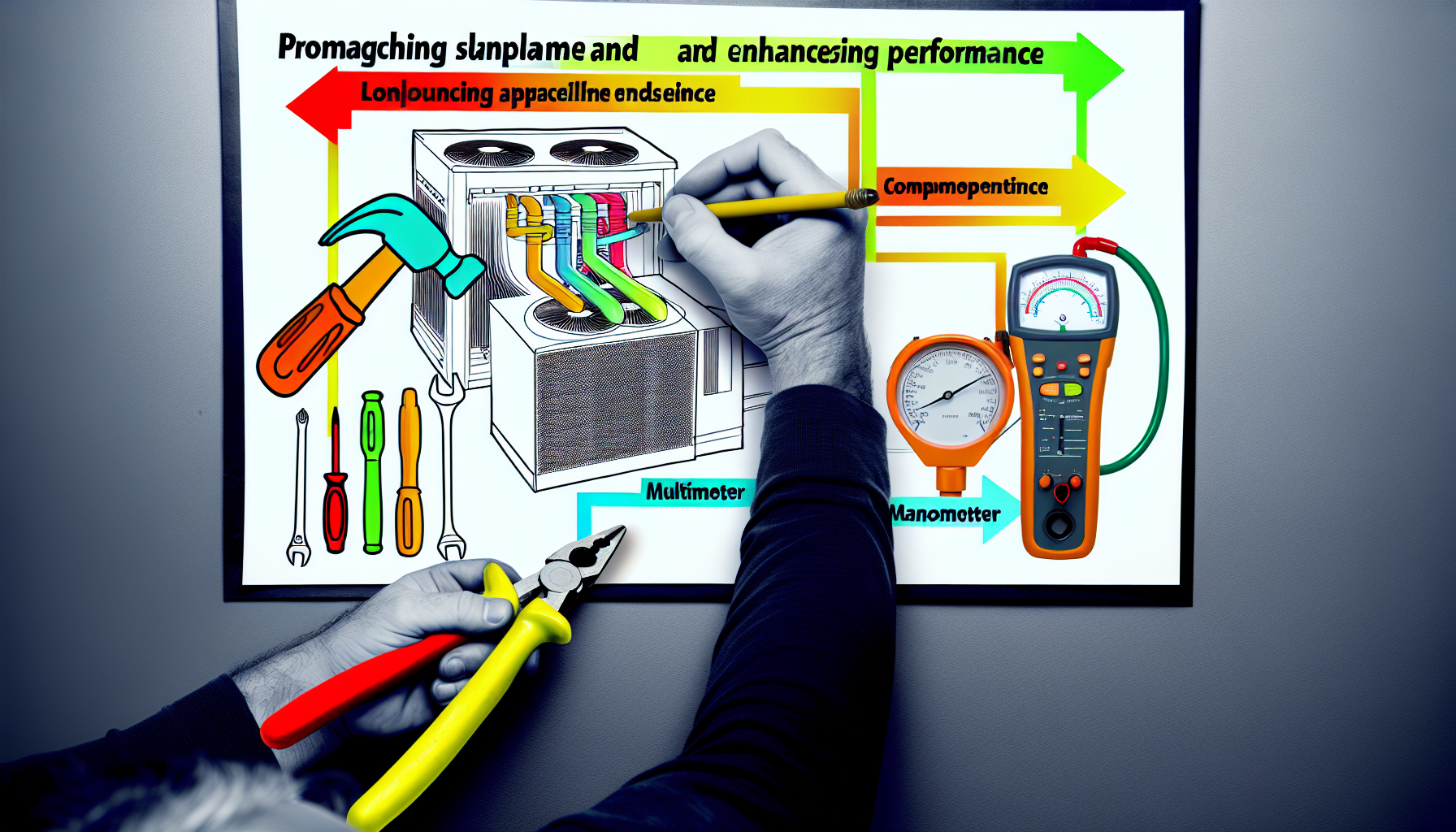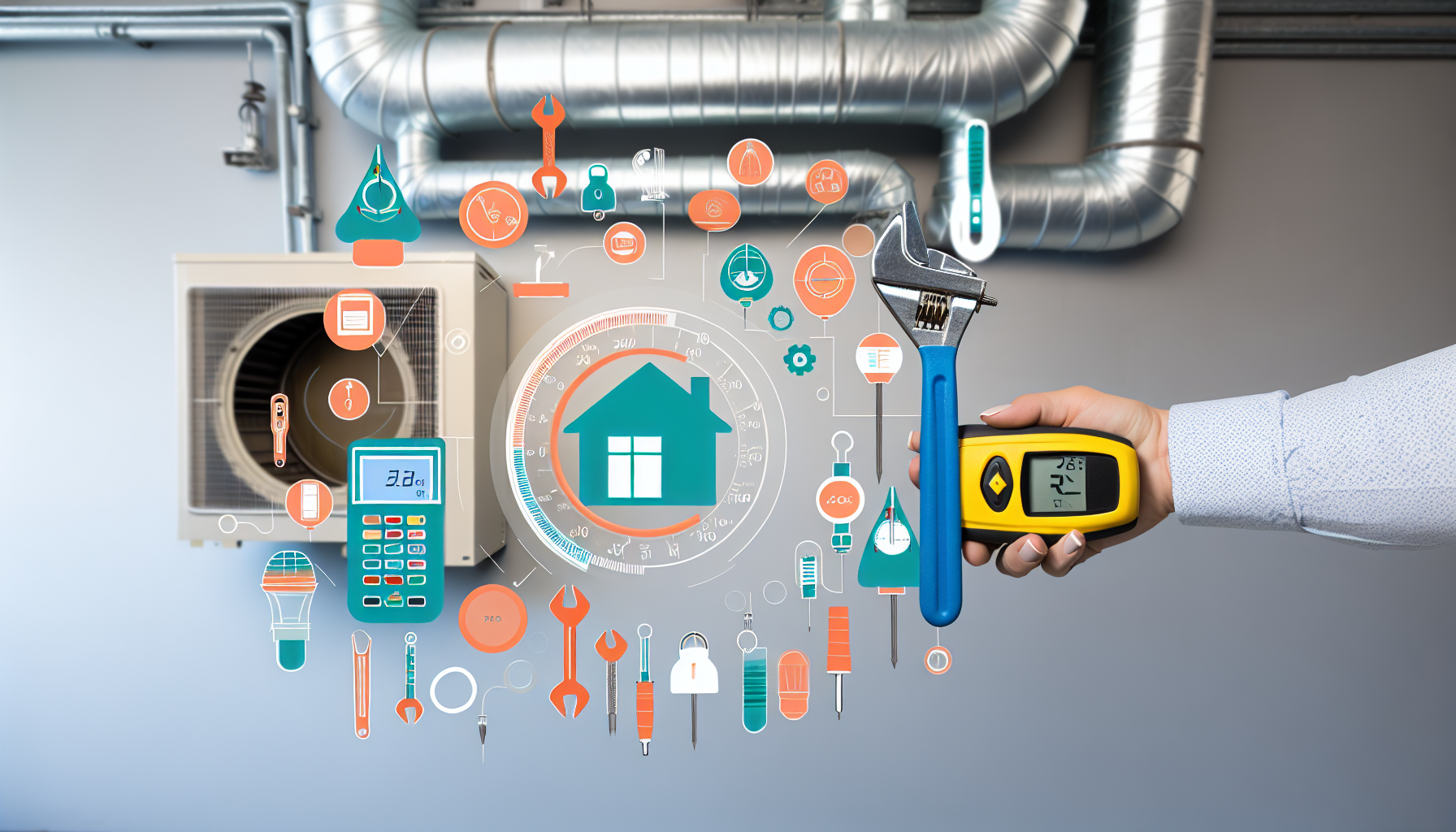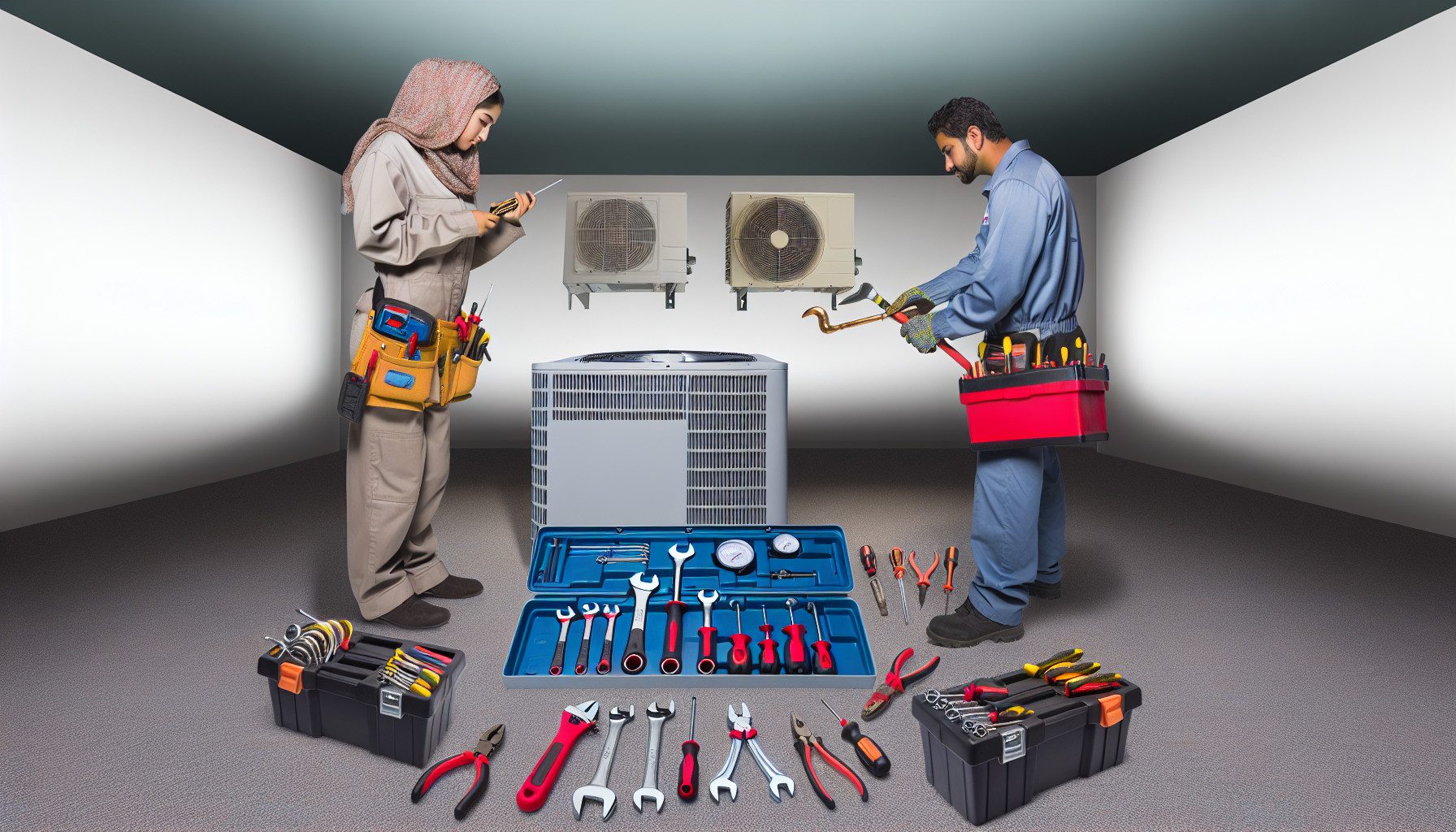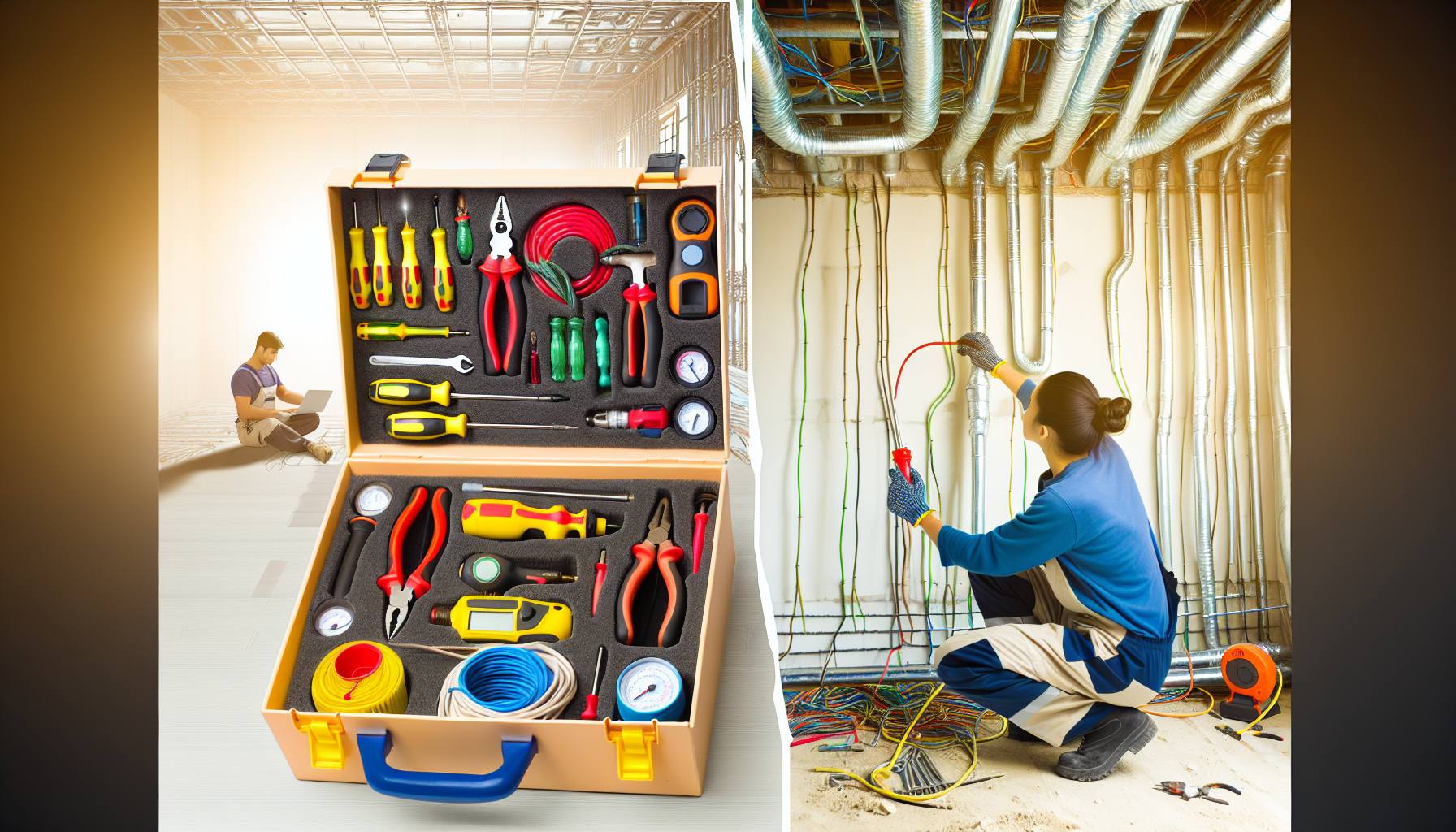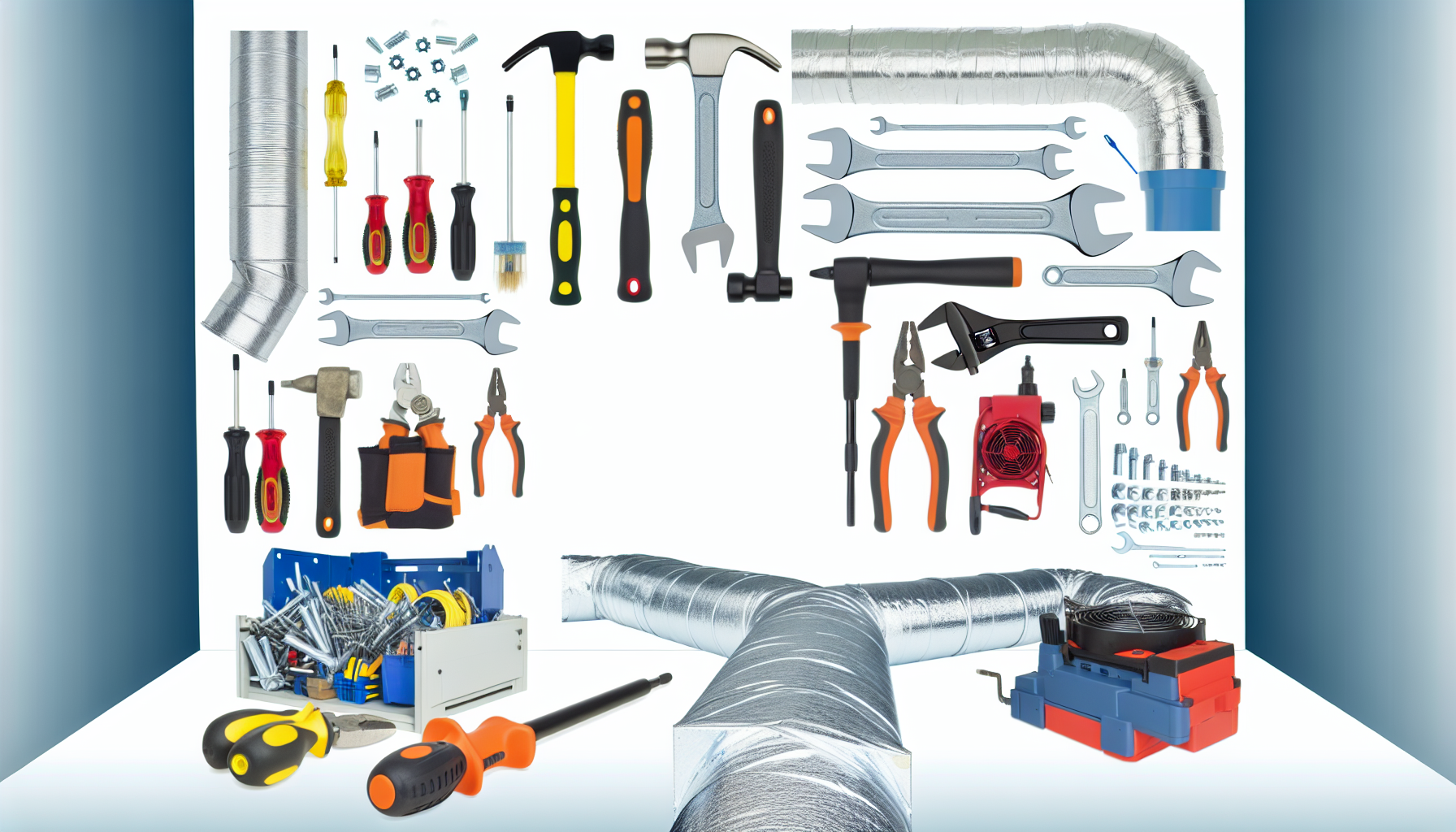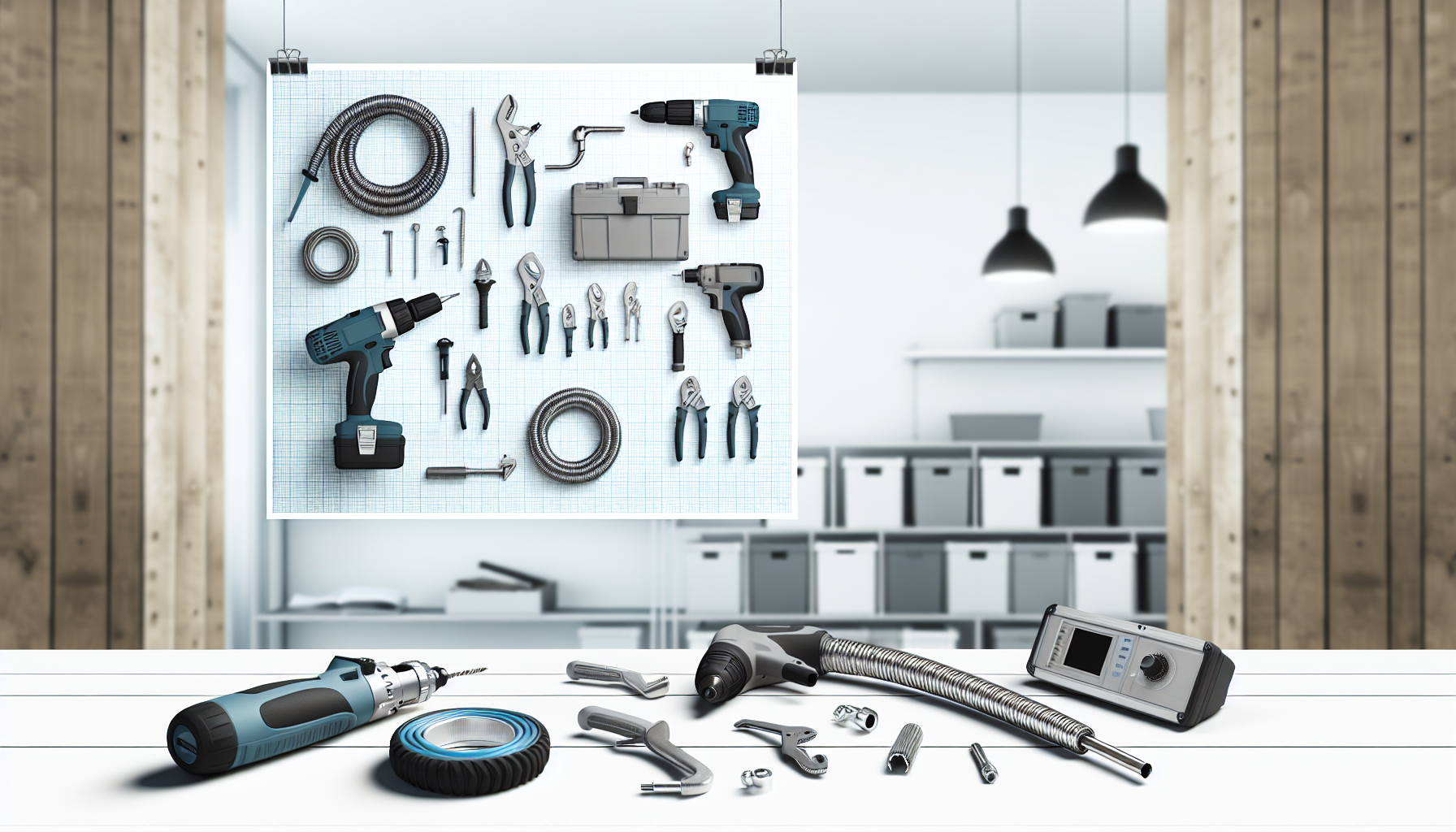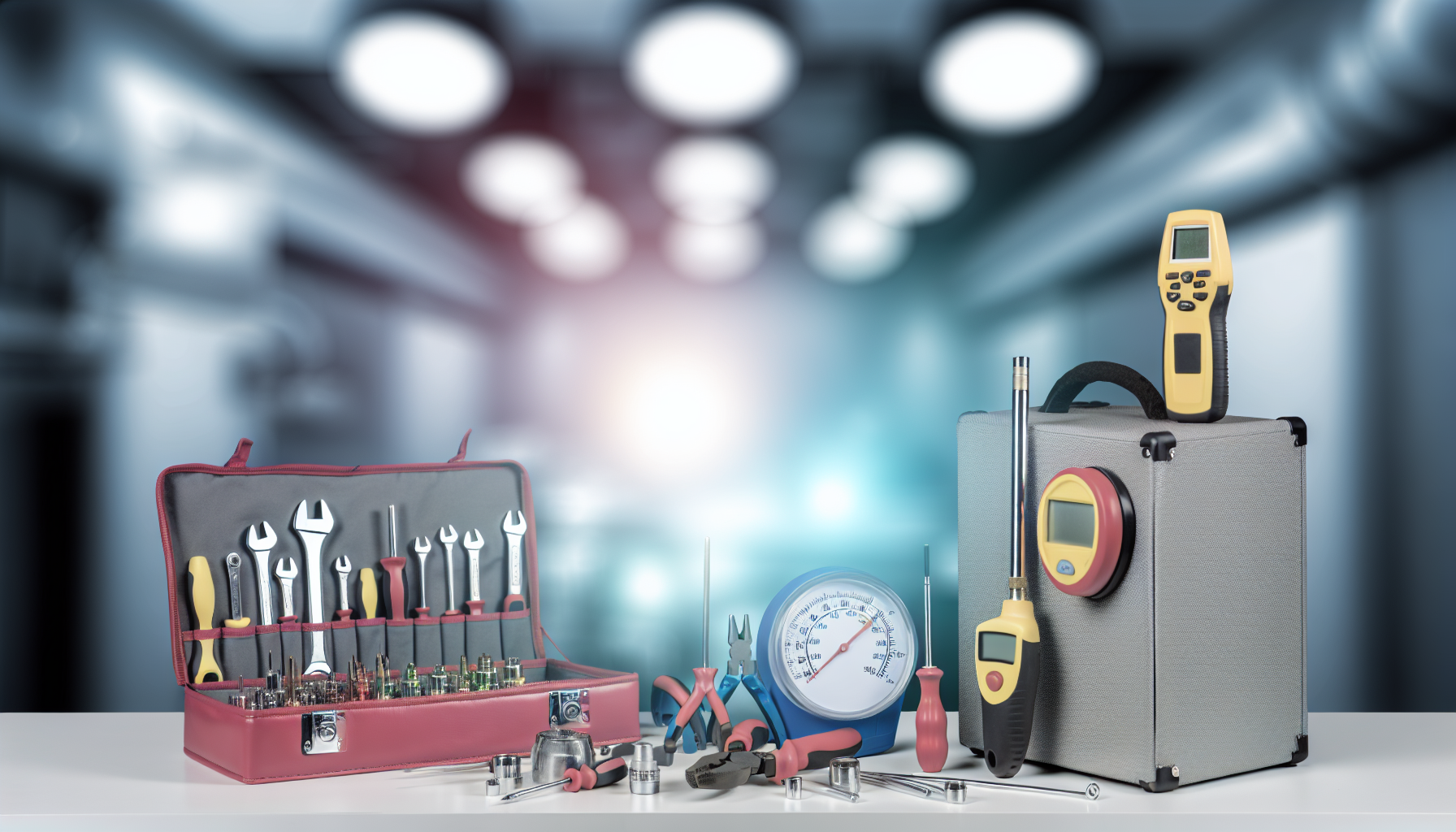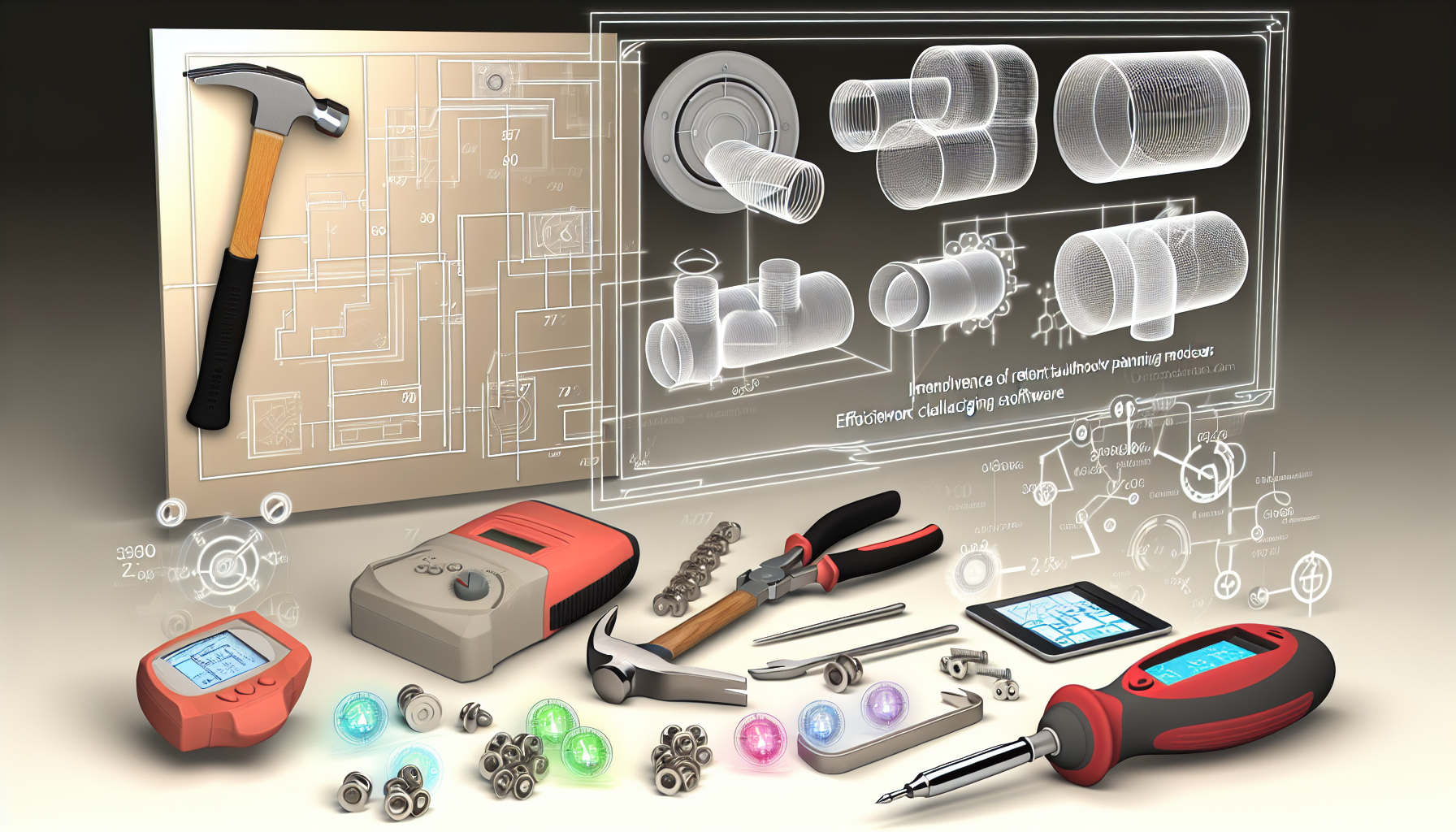Introduction to Green HVAC Systems
Green HVAC systems are at the forefront of energy-efficient and sustainable home climate control. These systems are specifically designed to minimize environmental impact while providing optimal comfort and lowering utility costs. As a professional installer or a conscientious homeowner, mastering the essentials of green HVAC technology not only contributes to energy conservation but also ensures long-term cost savings. In this post, we’ll dive into the essential tools and tips for an efficient green HVAC installation.
Essential Tools for Green HVAC Installation
To ensure a successful green HVAC installation, having the right tools is paramount. Here’s a list of the essentials:
- Manifold Gauge Set: Crucial for diagnosing and maintaining the refrigerant levels in air conditioning systems, ensuring they operate efficiently.
- Refrigerant Scale: Measures the amount of refrigerant being added or recovered, essential for maintaining the correct charge.
- Tubing Cutter: Offers a clean and precise cut on refrigerant lines, reducing the potential for leaks.
- Flaring and Swaging Tools: These tools are necessary for creating secure connections in the refrigerant line.
- Torque Wrench: Assists in tightening bolts and nuts to the correct tension, safeguarding against leaks or damage.
- Leak Detector: Essential for finding and addressing refrigerant leaks, which can severely impact system efficiency.
- Pipe Bender: Allows for the precise creation of bends in piping, minimizing restrictions and maintaining airflow efficiency.
- Digital Multimeter: Essential for electrical troubleshooting and ensuring all components are operating correctly.
- Vacuum Pump: Removes air and moisture from refrigerant lines, which is vital to prevent corrosion and maintain efficiency.
- Recovery Unit: Recovers refrigerants from systems being serviced or decommissioned, preventing their release into the atmosphere.
Energy-Efficient Installation Tips
- Correct Sizing: Ensure the HVAC system is correctly sized for the property using Manual J load calculations. An oversized system can cycle too frequently, whereas one that’s undersized will struggle to maintain comfortable temperatures.
- Sealing Ductwork: Use mastic sealant or metal-backed tape to seal duct joints and connections. Properly sealed ducts reduce air loss and increase system efficiency.
- Proper Insulation: Verify that ductwork running through unconditioned spaces is well insulated to prevent heat loss or gain, maintaining the efficiency of the airflow.
- Optimize Airflow: Ensure registers and returns are unobstructed by furniture or drapes. The correct airflow balance is crucial for energy-efficient operation.
- Regular Maintenance: Encourage regular maintenance and cleanings, as a well-maintained system runs more efficiently than one that’s neglected.
- Smart Thermostats: Installing smart thermostats can lead to significant energy savings by allowing more precise control over heating and cooling schedules.
Understanding Green HVAC Technologies
Green HVAC technologies incorporate design innovations and energy-saving features that reduce their environmental footprint. Here’s a rundown of the leading green HVAC technologies:
- Geothermal Heat Pumps: Use the stable temperature of the ground to heat and cool homes more efficiently than traditional methods.
- Variable Refrigerant Flow (VRF): Allows for individualized climate control in different zones, reducing energy consumption when full capacity isn’t needed.
- Ductless Systems: Offer a more energy-efficient alternative to traditional ducted systems by minimizing heat loss and providing zonal heating and cooling.
- Solar HVAC: Utilizes solar panels to power HVAC systems, significantly cutting down on electricity usage from the grid.
- Energy Recovery Ventilators (ERV): Improve air quality while conserving energy by exchanging heat and moisture between incoming and outgoing airstreams.
- Smart Vents: Automatically adjust airflow to different areas of the home based on temperature demands, enhancing overall HVAC efficiency.
Best Practices for Green HVAC Maintenance
Proper maintenance is essential to keep green HVAC systems operating at peak efficiency. Here are some best practices for maintaining these systems:
- Regular Filter Replacement: Dirty filters restrict airflow and make the system work harder. Recommend replacing or cleaning filters every 1-3 months.
- Semi-annual Professional Check-ups: A professional can identify issues that aren’t obvious to the untrained eye, such as refrigerant leaks or electrical faults.
- System Upgrades: When components wear out or technology advances, suggest upgrades to maintain efficiency and reduce environmental impact.
- Usage Monitoring: Use smart thermostats or energy monitors to track and adjust usage patterns for optimal efficiency.
- Clear Outdoor Units: Keep plants, dirt, and debris away from outdoor units to prevent airflow obstruction and ensure efficient operation.
FAQ Section
What is a green HVAC system?
A green HVAC system is designed to use less energy, operate more efficiently, and have a smaller environmental impact than traditional systems. These systems often use renewable energy sources and have advanced features for reducing energy consumption.
How do you size a green HVAC system?
To properly size a green HVAC system, Manual J load calculations must be performed. This takes into account various factors such as square footage, insulation levels, window types, and occupancy to determine the appropriate system size for the space.
What’s the difference between green HVAC and traditional systems?
Green HVAC systems are more focused on energy efficiency and environmental impact. They often incorporate technologies like geothermal heat pumps, VRF systems, and energy-recovery features that traditional HVAC systems may not have.
Are green HVAC systems more expensive to install?
While the initial installation cost of a green HVAC system can be higher due to advanced technologies and higher quality materials, the long-term savings on energy bills and potential tax incentives or rebates can mitigate the initial expense.
Can existing homes be upgraded to a green HVAC system?
Yes, existing homes can be retrofitted with green HVAC systems. However, the process may involve significant changes like the installation of new ductwork, insulation upgrades, or even structural modifications to accommodate certain systems such as geothermal heat pumps.
What maintenance does a green HVAC system require?
Green HVAC systems typically require the same basic maintenance as traditional systems, like regular filter changes and professional inspections. However, due to their more advanced technology, it’s important to follow any additional manufacturer-specific guidelines to maintain efficiency and longevity.

